These are the full moon names and dates in 2019
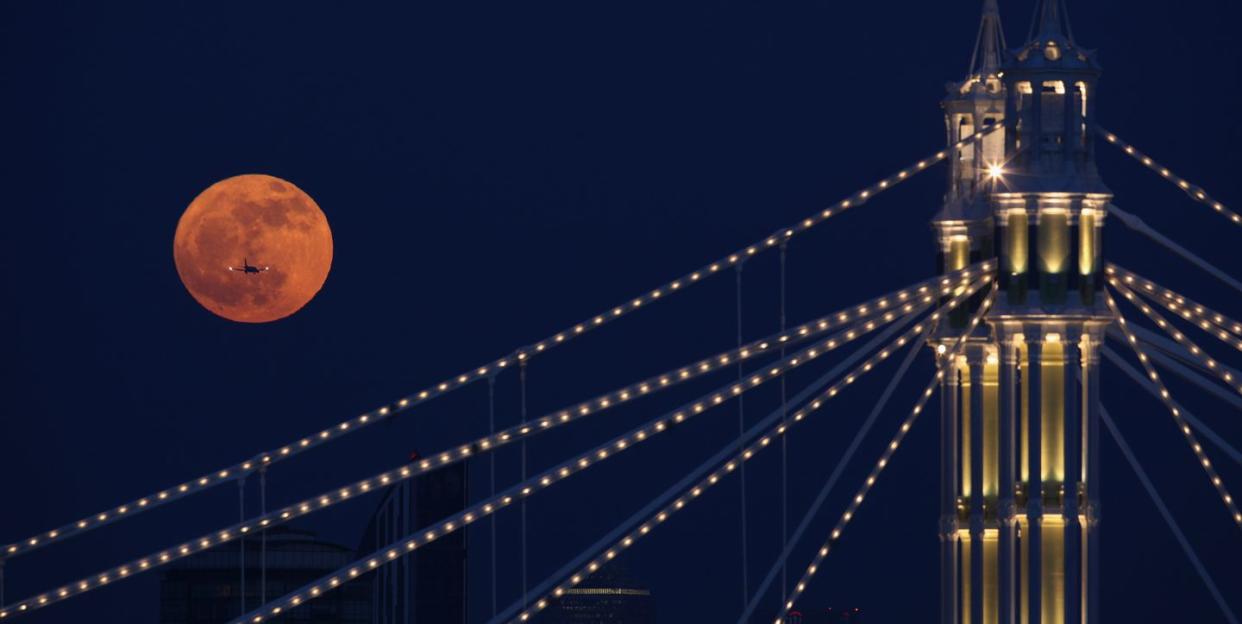
Stargazers are set to witness some impressive celestial sights in 2019. As well as the full moons that come round every month, there will also be a series of three supermoons to look out for as well as the total lunar eclipse later in January. Here's what you need to know about the lunar events in the year ahead.
Naming the moons
The full moon names date back to to the days when Native American tribes named the moons to help keep track of the seasons.
"For millennia, the Moon was used to track the changes in seasons and to determine the best time for hunting, planting and harvesting," Patricia Skelton, astronomer at the Royal Observatory Greenwich, explained to Country Living. "The name given to the full moon per month symbolised something about nature or the weather conditions at the time the full moon would appear. Full moon names differ from culture to culture, but the names commonly used today are Native American names."
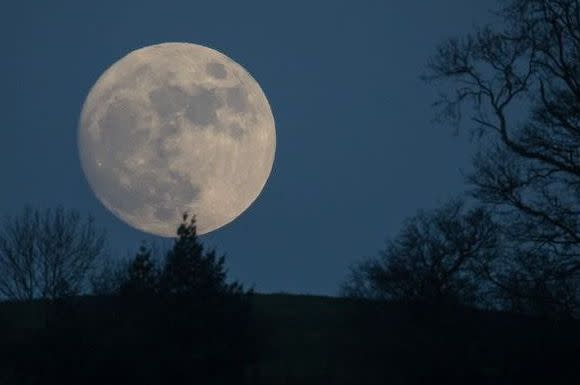
January's full moon - Wolf Moon (20th/21st)
The first full moon of the year is known as the Wolf Moon, in reference to the time when villagers would hear wolf packs howl in hunger. This year, it's tipped to be a spectacular sight as the 'Super Blood Wolf Moon Eclipse' takes place on the night of 20-21 January.
When the when Moon passes behind Earth into its shadow, we'll see the first lunar eclipse of 2019, as well as the year's first supermoon, which occurs when the moon is at or near its closest approach to Earth making it appear around 14% larger. The eclipse will also give the moon a red glow, creating a phenomenon known as the Blood Moon. According to NASA, it will be "one of the sky's most dazzling shows". Look out for the eclipse in the early hours of the morning, with the Moon entering the Earth’s shadow just after 2:30am GMT.
February's full moon - Snow Moon (19th)
The name of February's full moon refers to the heavy snowfall during this time in North America. As the The Old Farmer's Almanac notes, it has also been called the Hunger Moon because the cold weather made it difficult to hunt. This year, the Snow Moon will occur on 19 February, which will also be the second supermoon of the year. According to EarthSky.com, this will be the largest of the three supermoons in 2019 because it will be at the closest distance to Earth.
March's full moon - Worm Moon (21st)
The Worm Moon and third supermoon of the year will appear on 21 March. This moon is linked to the start of spring, when earthworms surface and migrating birds return as the temperatures get warmer. It is also known as the Crow Moon, Sap Moon and Lenten Moon.
April's full moon - Pink Moon (19th)
Despite the name, April's full moon isn't pink. Instead, it gets its name from the first wildflowers to bloom in North America in early spring. It has also been called the full Sprouting Grass Moon, the Egg Moon and the Fish Moon, in reference to the time when fish swam upstream to spawn, says the Farmer's Almanac. It will appear on 19 April, which is Good Friday this year. Easter is always on the Sunday after the first full moon following the spring equinox, known as the Paschal moon. So, the date for Easter Sunday will be Sunday 21 April. Keep an eye out for shooting stars lighting up the night sky around 23 April, when the Lyrids Meteor Shower arrives.
May's full moon - Flower Moon (18th)
With peonies, lilacs and bluebells among the blooms that grow in May, it's no surprise that this month's full moon is known as the Flower Moon. Look out for its appearance on 18 May and don't miss the Eta Aquarids Meteor Shower on 6 May, which is set to be the most magical meteor shower of the year.
June's full moon - Strawberry Moon (17th)
The Strawberry Moon will appear on 17 June, just a few days before the summer solstice, the longest day of the year, on 21 June. It's fruit-inspired nickname refers to the harvesting of strawberries during this month, although it has also been called the Honey Moon, Hot Moon and Rose Moon.
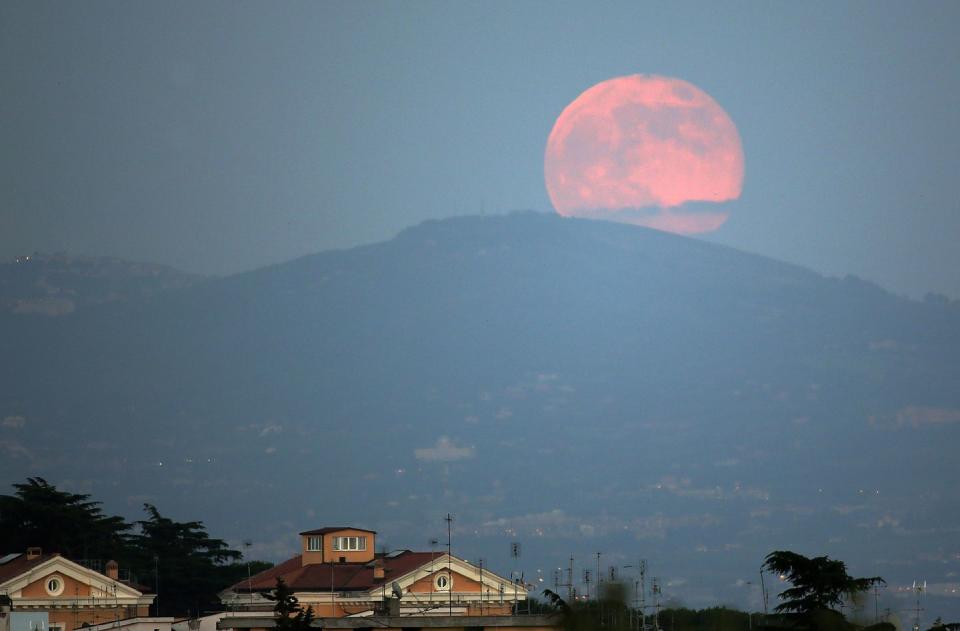
July's full moon - Buck Moon (16th)
Named after the time in the year when bucks' antlers grow, July's Buck Moon falls on 16 July. It's also known as the Thunder Moon, because of the summer thunderstorms, and the Ripe Corn Moon. As the Farmer's Almanac points out, July 2019 is significant because it there will be two new moons. The first rises on 2 July and the second, which is often referred to as a "Black Moon" will rise on 31 July.
The weekend of 20-21 July is also an important one for astronomers. "The 50th anniversary of the historic Apollo 11 landing on the Moon will be celebrated around the world with festivals, TV specials as well as public programmes and activities," Skelton noted.
August's full moon - Sturgeon Moon (15th)
The moniker for this summer moon is derived from the North American tribes who historically caught sturgeon during this month. It will appear this year on 15 August, just after the Perseids Meteor Shower arrives.
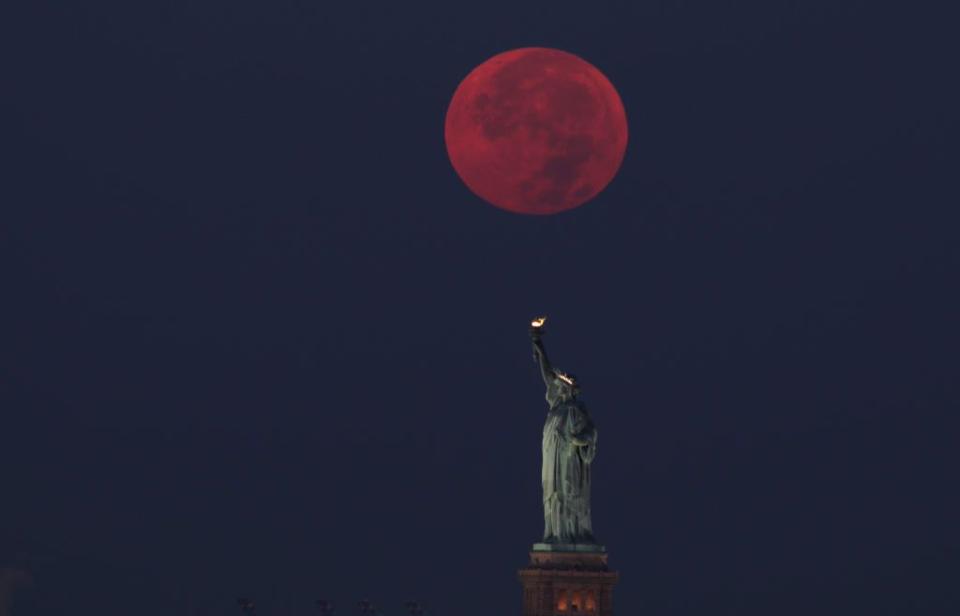
September's full moon - Harvest Moon (14th)
The Harvest Moon is the name given to the full moon closest to the autumn equinox, which will fall on 23 September 2019 in the UK. After last year's late arrival, the Harvest Moon will shine in the night sky on the earlier date of 14 September in 2019. It may look bigger, brighter or more orange than usual, but as Earth Sky editor Deborah Byrd explains, this is an illusion.
"Nature is particularly cooperative in giving us full-looking moons near the horizon after sunset, for several evenings in a row, around the time of the Harvest Moon," she writes. It's the moon's location near the horizon that gives it an apparent warm glow.
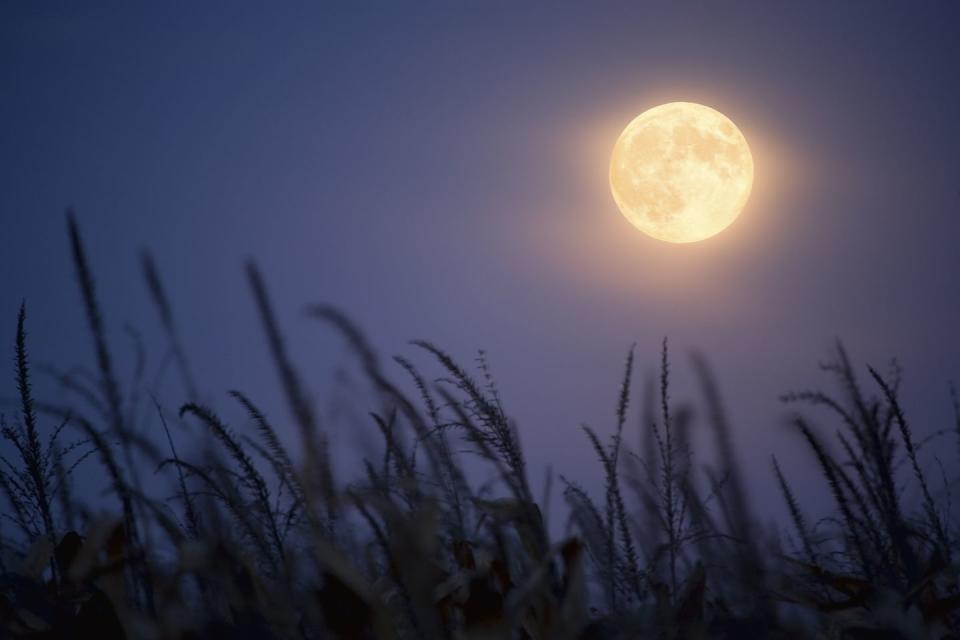
As for the name? It relates to the way the moon's light helped famers. This is particularly relevant around the time of the full Harvest moon, when there's little darkness between sunset and moonrise.
October's full moon - Hunter's Moon (13th)
Also known as the Travel Moon and the Dying Moon, the Hunter's Moon is the name of October's full moon. Although the Moon rises 50 minutes later each day, the Hunter's Moon usually rises 30 minutes later, which means that sunset and moonrise are closer together than normal. It's this light that traditionally made October the best time to hunt, hence the name. It will appear on 13 October this year.
November's full moon - Frost Moon (12th)
As the weather starts to get chillier, we can expect to see the Frost Moon it all its glory on 12 November this year. As the name suggests, this striking display coincides with the the first frosts on the ground, but it is also referred to as the Beaver Moon. November was traditionally "the time to set beaver traps before the swamps froze, to ensure a supply of warm winter furs," according to the Farmer's Almanac.
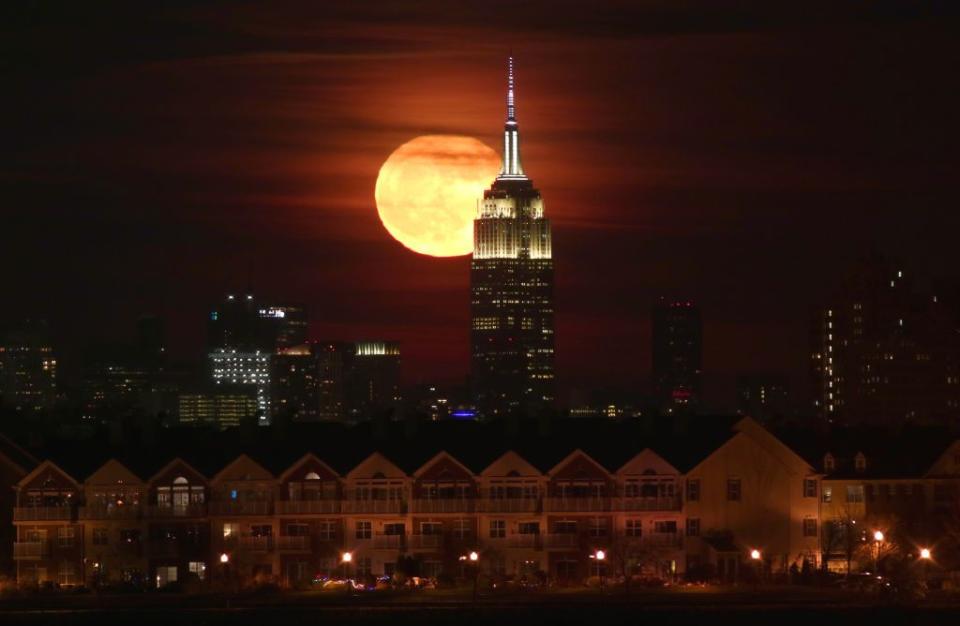
December's full moon - Cold Moon (12th)
With December marking the start of winter in the Northern Hemisphere, this month's full moon is called the Cold Moon. It has also been referred to as the Long Nights Moon because it occurs around the time of the winter solstice. As Space.com notes, it's rare for a full moon to fall on the same day as the solstice. It last happened in 2010, and it isn't due again until 2094. The Cold Moon falls on 12 December in 2019.
('You Might Also Like',)

